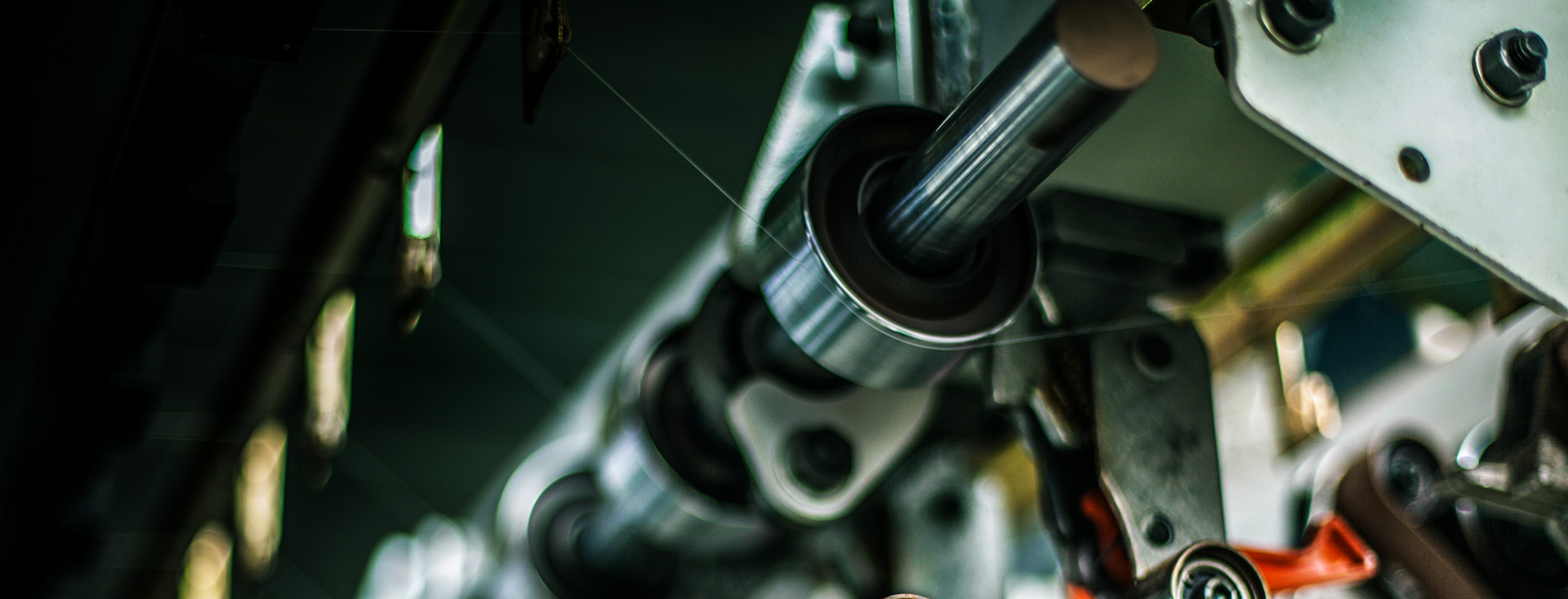Liquefied natural gas storage tank is a professional product for storing liquefied natural gas, including special equipment, class III pressure vessel and 06ni9dr material. It has been manufactured through flaw detection, hydrostatic and pneumatic test, on-site inspection by the Bureau of technical supervision, issuance of pressure vessel inspection certificate, external derusting and painting and other processes. Liquefied gas storage tanks have strict quality appraisal on the materials, appearance dimensions, weld quality, operation quality, installation quality, internal devices and safety accessories of pressure components.
Routine physical and chemical inspection of tank materials, such as mechanical properties and chemical composition.
The welded joints, welds, tank heads and the mutual geometric positions of pressure components shall be strictly inspected by X-ray nondestructive testing and magnetic particle testing. Test the sealing and pressure resistance of products and all technical indexes that can affect the safe operation of products.
Liquefied natural gas storage tank
Vertical LNG storage tank with common structure of other products
Horizontal LNG storage tank atmospheric LNG storage tank
Extra large LNG atmospheric storage tank
Common structure editing voice
Common structures of LNG storage tanks include:
Vertical LNG storage tank, horizontal LNG storage tank, vertical sub parent tank and atmospheric storage tank.
Vertical LNG storage tank:
The volume is 50 cubic meters, 100 cubic meters, 150 cubic meters and 200 cubic meters;
Horizontal LNG storage tank:
The volume is 60 cubic meters and 100 cubic meters;
Vertical sub master tank:
Child mother tank refers to the inner tank composed of multiple sub tanks in parallel to meet the needs of large-capacity storage. Multiple sub tanks are assembled in a large outer tank in parallel. The number of sub tanks is 3 ~ 7, generally no more than 12. The volume of single tank should not be too large. Its volume is usually between 100 ~ 150 cubic meters, up to 250 cubic meters. There are 1000 cubic meters, 1750 cubic meters and 2000 cubic meters in common;
Atmospheric storage tank:
There are large and medium-sized atmospheric LNG storage tanks and extra large atmospheric LNG storage tanks.
Notes edit voice
1. The gas cylinder shall be placed in a well ventilated place, and the distance from the fire source and heat source shall not be less than 1.5m. It is forbidden to bake the gas cylinder with fire, scald it with boiling water or expose it to the sun. Frequently check the air tightness of cylinder valves and pipeline joints, and keep them free of air leakage. The air leakage can be checked with soapy water. It is strictly prohibited to test the leakage with open fire.
2. When igniting, ignite the igniter first and then turn on the gas. This order should not be reversed. In the process of use, there should be someone to watch and don't leave, so as to prevent the water from boiling and overflowing, pouring and extinguishing the fire, resulting in the channeling of liquefied gas flow and explosion. After the cylinder is used, the valve must be closed to prevent air leakage.
3. The liquefied gas in the cylinder cannot be exhausted, and a certain residual pressure shall be left. The residual pressure shall generally be greater than 49.03kpa (i.e. 0.5kg/cm2, gauge pressure) to prevent air from entering the cylinder. After the liquefied petroleum gas is used up, the residual liquid left in the bottle is also a kind of flammable material, which shall not be dumped by itself to prevent fire caused by the flow and evaporation of residual liquid.
4. Liquefied petroleum gas cylinder is a kind of pressure container, which should be well maintained and inspected regularly. In the process of handling and use, the cylinder shall be prevented from falling or hitting. It is not allowed to knock and open the cylinder valve with iron. It shall be prevented from direct sunlight and long-term rain. Gas cylinders are generally inspected once every two years.
5. Although the explosion range of liquefied petroleum gas is not too wide, its lower limit is small, so it is easy to ignite and explode in case of leakage. Because LPG is heavier than air, it flows downward when leaking in the air and accumulates in low-lying places, which becomes a hidden danger of gas explosion. Therefore, the gas is easy to leak. It's not enough to breathe only through the window, but also pay attention to the ventilation in the lower part.
6. When the leakage of liquefied gas is found in the room, the doors and windows shall be opened in time for ventilation to make it diffuse in the direction of no open fire. Hot work is strictly prohibited nearby. It can be used only after the fault is eliminated and its unique smell disappears. The waste liquid leaked on the ground shall be covered with sand and removed to a safe place. When the gas cylinder is on fire, close the valve immediately, move it to an outdoor open place, and put out the fire with dry powder extinguishing agent, carbon dioxide extinguishing agent or cover it with wet sack.
7. Children should be taught not to play with gas cylinders casually, and users should understand the safety knowledge of using gas cylinders.
